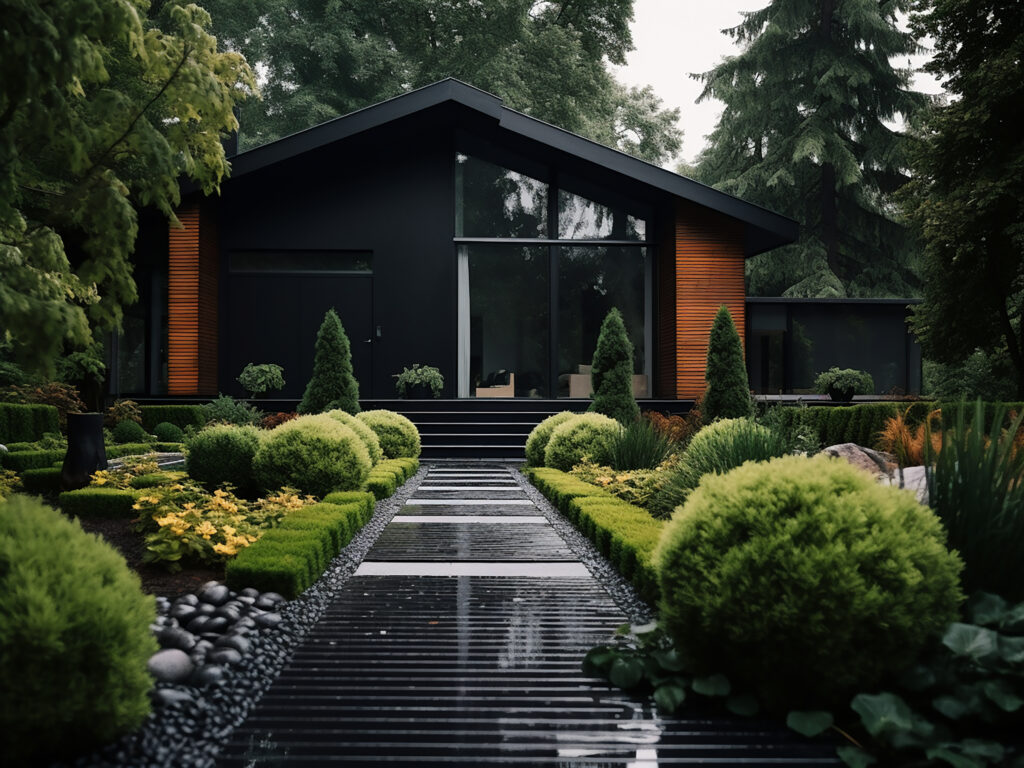If you want to have a thriving landscape in Idaho, you need to be careful with the plant selection. This mountainous region features high elevations and cooler temperatures. It also has shorter growing seasons. This means that not all plants will flourish in this rugged environment.
However, this shouldn’t mean that all hope is lost. In fact, all you need to do is choose species well-suited for this sort of climate. By doing this, you can enjoy a vibrant and low-maintenance garden year-round.
This article explores the best plants for Idaho’s mountain landscapes. It also offers tips to help you create an outdoor that is both stunning and resilient.
Understanding Idaho’s Mountain Climate

Idaho Native Plants In Your Backyard
The area presents a unique set of conditions. These can have a huge influence on how plants grow and survive. They include intense sunlight and rocky soils. The region also features fluctuating moisture levels. These conditions can stress plants that are not naturally adapted to these elements.
Elevations also play a huge role. This is because higher altitudes usually translate to colder nights and unpredictable weather patterns.
To achieve successful landscaping, you need to understand how these environmental factors interact. As long as you have the right knowledge, you can be able to work with the climate. In short, you can use it to your advantage to create a landscape that thrives naturally.
Trees That Thrive in Idaho Mountains
You need to go for those trees that are naturally suited to the region. This is the only way to ensure long-term success of your yard. Native species like Ponderosa Pine and Douglas Fir are able to do well here. Another option is Quaking Aspen. These species are able to withstand harsh winters. They also do a great job of adding visual interest and seasonal interest.
These trees are naturally adapted to the rocky soils. They also thrive well in the fluctuating moisture levels. These abilities make them low-maintenance and resilient choices. In addition to this, they support local wildlife. They do this by offering shelter and food for birds and other animals.
Shrubs That Add Structure and Color
Shrubs should be an essential element in your landscape design. This is because they help to add structure and visual interest. Some hardy varieties to consider include mountain mahogany and serviceberry. These options are able to withstand the region’s extreme conditions quite well. They also bring dynamic beauty. This is by changing foliage and bark textures.
These shrubs help to create natural borders. They also anchor planting beds. In addition to this, they offer some much-needed shelter for wildlife. This is achieved all while adding depth and dimension to outdoor spaces.
They are able to thrive in high-altitude conditions perfectly. This ability makes them perfect for individuals looking for a balanced and low-maintenance garden.
Perennials to Consider
Incorporating perennials is an incredible choice. This is because it helps ensure long-term beauty and low maintenance. Some great options to consider here include coneflowers and lupines. Others like black-eyed Susans and yarrow can also suffice.
The good thing about these plants is that they return year after year. This reduces the need for replanting. This is achieved all while providing vibrant color and texture.
In case you live in higher elevations, consider species like blanket flower and penstemon. These ones are great because they are adapted to the rocky soils and cooler temperatures.
For the best results, consider having the right mix of perennials. By doing this, you are able to ensure your landscape remains lush and colorful through multiple seasons.
Landscape Design Tips for Mountain Environments
If you want to have fantastic results, you need to balance aesthetics with resilience. Go for native or drought-tolerant plants. This is because they can withstand harsh winters and shorter growing seasons.
You should also incorporate terracing or natural stone features. These ones are able to manage erosion on slopes. They also help to boost visual interest.
In addition, consider grouping plants with similar water and sun needs. Doing this helps to conserve resources and improve plant health.
We all wish for a beautiful and sustainable landscape. As an Idaho resident, achieving this is all about choosing the right plants. As you do the selection, ensure they can handle the region’s unique conditions. A great way to ensure this is to choose native species. Going this route can help you create vibrant outdoor spaces that require very little maintenance.
Looking to refresh your yard? Consider working with Evolution in Landscaping. We’ll ensure that your landscape not only survives, but thrives for many years to come.




